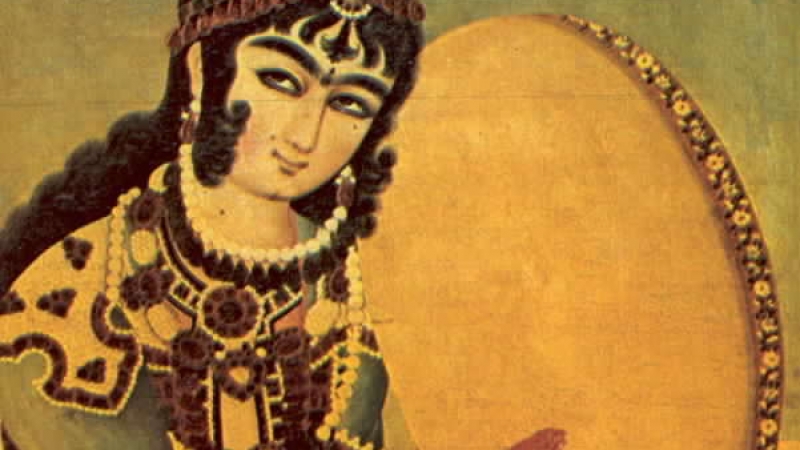Sixth Annual International Qajar Studies Association (IQSA) Conference: Entertainment in the Qajar Era

s far as written records and oral traditions indicate, entertainment in the Qajar era touched on all aspects of life, both public and private. Contrary to Western opinion about this period, Qajar society exhibited a great variety of entertainments, many of which (even when public) were not visible to the outsider, given the constraints of a strongly traditional society and of the class-bound nature of many of the entertainments requiring access to the court, the aristocracy or the inner sanctums of the houses of the grandees. Nevertheless, the picture that now emerges is one of plenty rather than penury, and a closer look at the variety of entertainments is thus eminently relevant and in order.
This, the Sixth Annual Conference of the International Qajar Studies Association (IQSA) was organised by IQSA and Mondes Iranien et Indien at the Institut National d’Histoire de l’Art, Paris on Friday 2 and Saturday 3 June 2006.
Funding by the Soudavar Memorial Foundation was awarded in memory of Massoumeh Shams al-Moluk Amir Alai (Soudavar).
- Raisa Amirbekyan, Qajar Era Dance as Reflected in Visual Arts
- Ferydoun Barjesteh van Waalwijk van Doorn, The Place of Entertainment in Qajar Society: An Introduction
- Peter Chelkowski, Naser ad-Din Shah’s Patronage of Ta’ziyeh
- Manoutchehr M. Eskandari-Qajar, Morality Novellas in the Newspapers of the late Qajar Period: Yahya Mirza Eskandari’s “Eshgh-e Dorooghi” and “Aroossi-e Mehrangiz.”
- Mansoureh Ettehadieh (Nezam-Mafi), The Beginnings of Illustrated Journals during the Reign of Nasser ed-Din Shah and the Work of Sani ol-Molk
- Ali Gheissari, Textual Pleasures in Qajar Iran: Notes on Satire and Historical Novels
- Bernard Hourcade and Suzanne Rigaud, The Beginnings of Moutaineering in Iran in the Qajar Era
- Homa Katouzian, Iraj: The Most Humorous Poet of the Constitutional era
- Irina Koshoridze, The Hunt as Entertainment and Symbol: Depictions of Hunting Scenes from the Qajar Era in the Collections of the Georgian National Museum
- Shireen Mahdavi, Amusements in Qajar Iran
- Vanessa Martin, Jesters and the Shadow of God: Nasr al-Din Shah and His Fools
- Ulrich Marzolph, The Art of Naqqali in Iran: Past and Present
- Rudi Matthee, Drugs and Stimulants in the Qajar Period: Themes and Connections
- Eden Naby, Theater, Language and Inter-Ethnic Exchange: Assyrian Performance in Persia before WWI
- Irene Natchkebia, Entertainment of Persians During the First Russo-Persian War According to the Information of Napoleon’s Envoys (1805-1809)
- Nader Nasiri, Art and Archeology as an Entertainment in the Qajar Era
- Philippe Rochard, Zur Khaneh: Le Ganjineh-ye Koshti [tresor de la lutte] d’ Ali-Akbar ebn-e Mehdi al-Kashani
- Jennifer Scarce, Meetings East and West: Entertainments Between Iranians and Europeans in the Qajar Period
- Ameneh Youssefzadeh, Music at the Qajar Court

